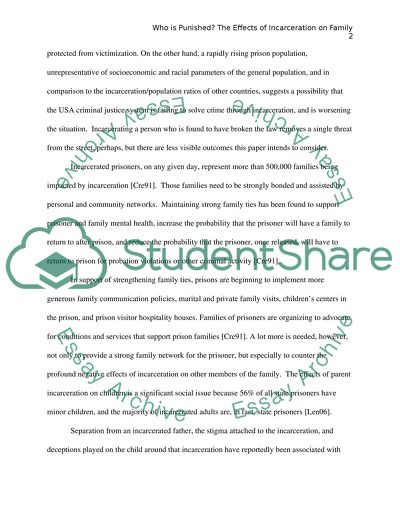Cite this document
(“Incarcerations effects on families Term Paper Example | Topics and Well Written Essays - 2500 words”, n.d.)
Retrieved from https://studentshare.org/law/1397147-incarcerations-effects-on-families
Retrieved from https://studentshare.org/law/1397147-incarcerations-effects-on-families
(Incarcerations Effects on Families Term Paper Example | Topics and Well Written Essays - 2500 Words)
https://studentshare.org/law/1397147-incarcerations-effects-on-families.
https://studentshare.org/law/1397147-incarcerations-effects-on-families.
“Incarcerations Effects on Families Term Paper Example | Topics and Well Written Essays - 2500 Words”, n.d. https://studentshare.org/law/1397147-incarcerations-effects-on-families.


